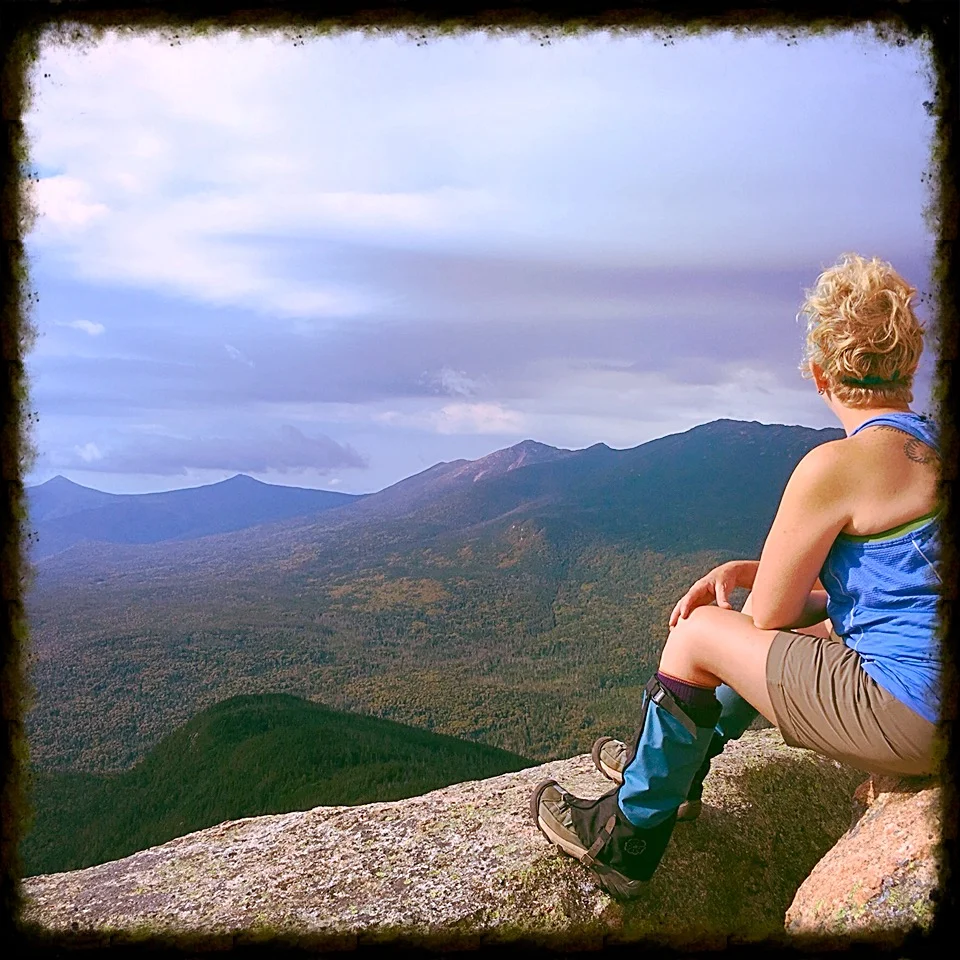Try Not to Overthink Your Itinerary
Try not to overthink your itinerary (she says as she calculates mileages, crunches numbers and estimates arrival times to trail towns along the way).
And makes PDF worksheets to enable your own overthinking tendencies.
But first, a story.
Preceded by a confession...I’ve always gotten my validation from being a good student. You know…first to raise her hand, straight A’s, that kind of thing.
I’m a learner. I like to know stuff. I love to take classes.
Nerd.
So when I heard about a five-day course in Damascus, VA with a veteran thru-hiker, I was all-in!
I thought it would be Top 10 to get systematically spoon-fed trail tips and information about the trail. As opposed to trying to piece it together by visiting random forums and websites on the internet where just anyone can chime in.
(I totally get the irony here.)
I couldn’t wait to wring out every bit of information I could from the experience of spending time with the teacher, who's hiked some god-awful amount of miles, and with other potential thru-hikers.
It didn’t quite work out that way, though.
It was sooooooo bad.
I’ve never done this before but after two days and ten hours of classroom “instruction,” I packed my stuff and went home.
I thought I’d feel bad, like I missed an opportunity.
But I didn’t learn anything and knew that my time was being wasted.
And it actually felt great to walk out and take back my time.
Rebel nerd.
Very empowering.
I won’t give you a blow by blow of the things we almost covered (but didn’t). There were lots.
One of my questions before the course was this:
“What’s the best data book to carry?”
I’d decided to use The A.T Guide: A Handbook for Hiking the Appalachian Trail, by David “Awol” Miller. It’s easier to read and has elevation information and town information.
Don't get this one, though. Wait for the 2017 version. He updates every year.
As opposed to Daniel Chazin’s minimalist Appalachian Trail Data Book which makes no sense to me, starting with the fact that, if you’re nobo, you have to read it backwards because it starts in Maine.
And, you know, there's not much information there.
It does have a pretty cover.
So even though Awol’s book is a little heavier, it’s the clear winner. It has great detail about water, maps of trail towns, mileage, elevation. We used it in New Hampshire and it was super useful.
Besides, you can always cut it in two or three sections and carry just the part you need
Well, at the course in Damascus, the first thing the instructor did was give us all copies of Data Books from 2011 and told us that was all we would need on the trail.
End of discussion.
Along with the book, which I tossed, there was one moderately useful piece of paper, which I kept.
It was an itinerary of sorts.
A pacing guide.
I’ve modified it a little and combined it with Steve Shuman’s work of analyzing successful thru-hikers times to create my own pacing guide for a 2017 northbound hike, which you are welcome to use as your own guide.
I crunched the numbers so you don’t have to.
And I made a worksheet so you can plan your own hike.
A Caveat!
I’m not saying it’s a good idea to slavishly follow the daily mileage.
I think you'll need (and learn) flexibility on the trail in order to stay safe and injury-free.
It’s just a guide.
A Guide! Not a Bible. Or a test to pass.
But I needed to do this number crunching exercise and develop my own pacing guide because one of my biggest fears was that I wouldn’t be able to cover enough miles each day to make it to Maine by October 15, which is the day they close Katahdin.
Totally Doable!
Now that I've crunched, I see that IT’S TOTALLY DOABLE!
Even for a two-mile-an-hour (at the most) hiker like me.
Because I want to enjoy my time on the trail. I don’t want to treat it like another thing to rush through so I can cross it off my to do list.
This is about embracing a life without endless To Do lists and it's totally doable!!!!
Here is my own pacing guide (two pages), with waypoints suggested by Warren Doyle at the Appalachian Trail Institute.
And here is a worksheet you can use to create your own itinerary. Click the link to download a PDF.
The miles per day hiked are averages of how many miles successful thru-hikers cover in each section.
Your mileage may vary!
Because it's YOUR hike, after all.
Your zeros may vary, too.
It's all a big guess, I know. But I also know that...
IT'S TOTALLY DOABLE!








